Before going into the various aspects of the Case IH code reader, a brief overview of the Case IH company will help us know about their products and how the Jaltest fault code reader helps keeps them on the job.
Case IH is a leader in the agricultural machinery niche with a wide range of products including combines and harvesters, tractors, hay, and forage equipment, planting and seeding systems, sprayers and applicators, and more. Case IH, an American company was founded in 1985 but later merged into J.I. Case with the present owners being the American-Italian corporation CNH International.

Even though manufacture and distribution of agriculture equipment forms the foundation of Case IH business, the company also provides optimized customer support to farmers and commercial operators. This done through sale of spares and dealer-level servicing through a large network of distributors and dealers in North America.
The quality, ruggedness, and dependability of Case IH equipment is unmatched and this has led to awards galore being conferred on it by the American Society of Agricultural and Biological Engineers.
A special mention must be made here of the Case IH Magnum and Maxxum Series tractors that are universal powerhouses. It will help to analyze later in this post the various facets of the Case Magnum fault codes and Case Maxxum 125 fault codes.

The Magnum series tractors are high-tech machinery with the capability to configure precision farming functionality, tractor systems, and connectivity with integrated solutions without a drop in power or performance. The Maxxum series offers powerful 4- or 6-cylinder engines from 125 to 150 hp. The Maxxum 150 tractor is the smallest and lightest tractor in the industry with a six-cylinder engine of this power output.
We will now go into the details of the Case IH code reader to explain how our Jaltest Case IH diagnostic software helps maintain your Case IH agricultural equipment in peak performance mode without downtime for breakdowns.
Click Here
What Are Fault Codes On Case IH Farm Machinery
Why is having our Jaltest Case IH code reader so important when you have a fleet of this company’s farm machinery?
Every modern vehicle or equipment has an onboard computer. It tracks the health of all systems and components onboard and warns users of any malfunction through fault codes. These codes are specific to the make and model of the equipment and are related to the systems such as engines, transmission, brakes, hydraulics, and more. Here are a few examples of Case Magnum fault codes related to the engine.
- 3001: Foot Throttle Sensor ‐Signal Not Plausible.
- 3002: Foot Throttle Sensor ‐Signal Above Range Max.
- 3003: Foot Throttle Sensor ‐Signal Below Range Min.
- 3004: Foot Throttle Sensor ‐ No Signal ‐ Error
- 3006: Coolant Temperature Sensor ‐Signal Not Plausible (Compared with Engine Oil Temperature)

Now, in case of a malfunction, one of these Case IH Magnum fault codes will show up on the display of the onboard computer, typically tucked away below the dashboard.
This is where the Jaltest Case IH code reader comes into the picture. Once a fault code is shown, connect the Jaltest diagnostic software to the onboard computer and you can see the specific fault code along with the interpretation on the laptop. At this stage, when you want to clear the fault code, the software will handhold you through the resolutions needed to get your equipment back on the job in the earliest possible time.
The fault codes, also known as Diagnostic Trouble Codes (DTCs) are either temporary or permanent in nature. When a minor malfunction appears and goes away within a few driving cycles, it is generally temporary in nature. However, if the fault persists, more complex action is required to clear Case Magnum fault codes.
The Functions of the Jaltest Case IH Code Reader
The Jaltest diagnostic software is optimized to clear fault codes across the complete range of Case IH farm machinery. Hence it can be used to troubleshoot issues and clear Case Magnum fault codes, Case IH Maxxum 125 fault codes, Case IH Puma fault codes, and other models.
There are two primary functions that can be carried out with the Jaltest Case IH diagnostic tool. In the software menu you can either choose full system scans which is preventive maintenance or scans by symptoms when you have specific faults to deal with.
Preventive maintenance or a full system scan must be carried out periodically to ensure that all systems and components of your agricultural machinery are working as they should and that any minor issue does not later become a major problem.

On the other hand, you have scanning by systems to detect and so away with specific fault codes. Here, you will be helped by technical information and data in real-time as well as detailed wiring diagrams of the faulty system or component. It will help you to understand the precise location of the fault for better and accurate corrective action that will not be less than what is offered by dealer servicing or certified engineers.
For instance, our Jaltest Case IH code reader will inform you whether a particular fault code is related to the central computer, electronic module, climate HVAC, hydraulic system, engine, instrument cluster, power take-off, powertrain, and more. With this information, the software will quickly guide you through the whole troubleshooting process to get your farm machinery back on the job again.
Our Jaltest fault codes clearance tool can perform a wide range of system checks. These include the cylinders test, high-pressure test, engine brake, Variable Geometry Turbocharger (VGT), throttle valve electric actuator for the exhaust engine brake, and more.

Moreover, the software is optimized for the Case IH Series Steiger, Magnum, Maxxum, Puma models, and more. Whether it is troubleshooting Case IH combine fault codes or for tractors, harvesters, sprayers, or any other type of agricultural equipment, you can be sure that the Jaltest software is optimized for it.
Read more about the Jaltest Case IH equipment troubleshooting.
Case IH Engine Troubleshooting And Forced Regens
Among the engine fault codes for Case IH equipment that necessitate immediate action is cleaning out a Diesel Particulate Filter (DPF) for diesel engines. A DPF in diesel engines traps soot and other particulate matter that otherwise would have been released into the environment along with emission gasses from the engine. When the DPF gets clogged with soot accumulation, the performance of the engine drops substantially, and in severe cases, the equipment might even go into limp mode.

This phenomenon of clogged DPF typically occurs in diesel engines that work for short durations as in agricultural machinery and not long haul as in interstate trucks and buses. The reason for this is that in short-haul operations, the temperature of the exhaust gasses does not arise enough to trigger passive regens that would burn the soot away.
When a fault code related to a clogged DPF pops up, our Jaltest Case IH software tool will guide you through the process of forced regens. Typically, the procedure is to run the engine at a high rev for around 40 minutes so that the exhaust gas temperatures rise to eliminate the soot and particulate matter buildup. Our diagnostic tool will guide you through the required engine rev, from High to Very High, and the time required based on the extent of the soot buildup.
Forced regens can be carried out on all models of Case IH agriculture equipment such as the Case Steiger, Case Magnum 420, Case IH axial flow 9250/7150, Case Puma, and more.
Summing Up
The Jaltest Case IH code reader is a highly optimized software to keep your fleet of Case IH farm equipment in perfect running condition. Whether it is clearing Case Magnum fault codes, Case IH Maxxum 125 fault codes, Case IH Puma fault codes, or any other, we have you covered.
Regardless of Case IH combine fault codes clearance or for tractors and harvesters, the only tool you will ever need is the Jaltest diagnostic software. You can be assured that your machinery will always be on the job and not suffer breakdowns during the peak harvesting season.
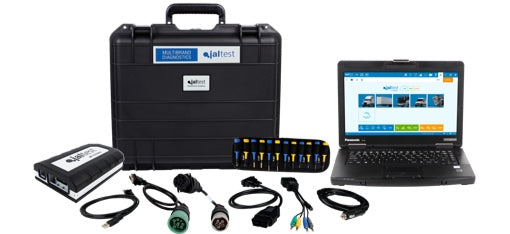
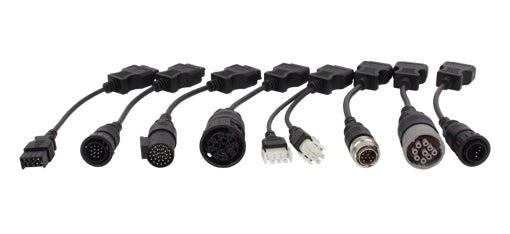



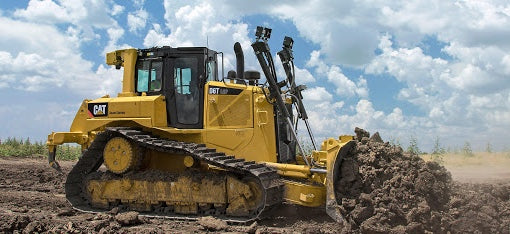

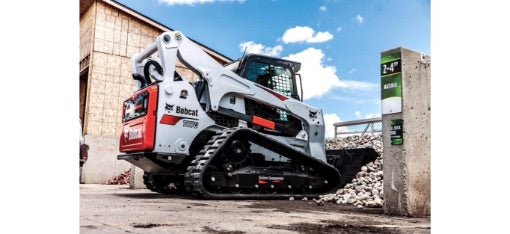

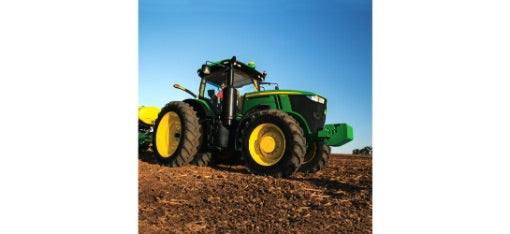
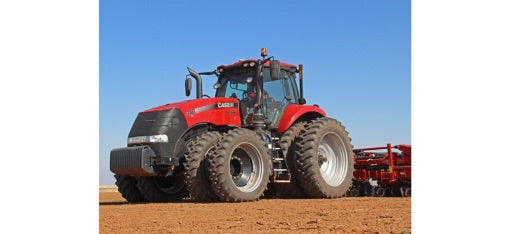
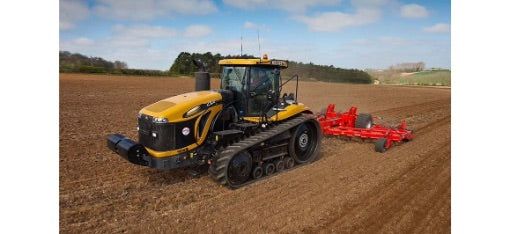
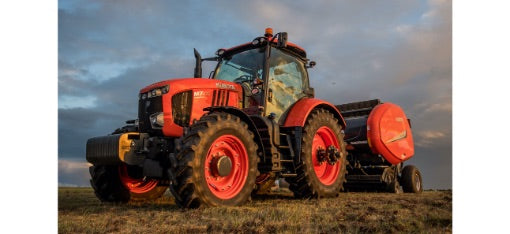



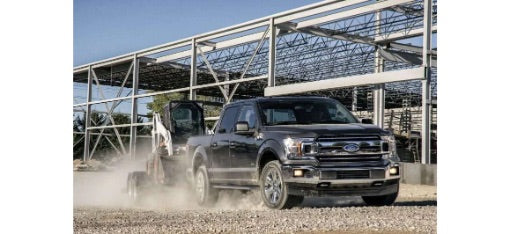



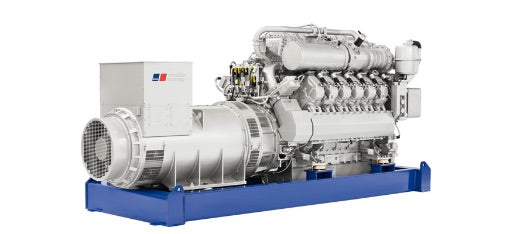


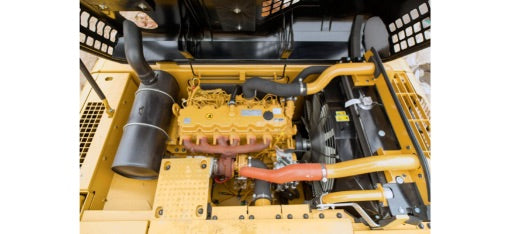


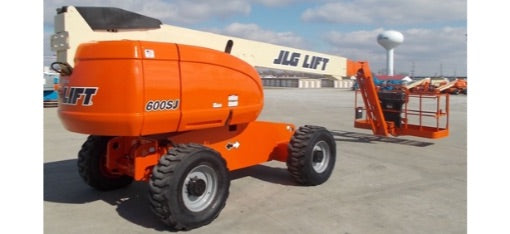


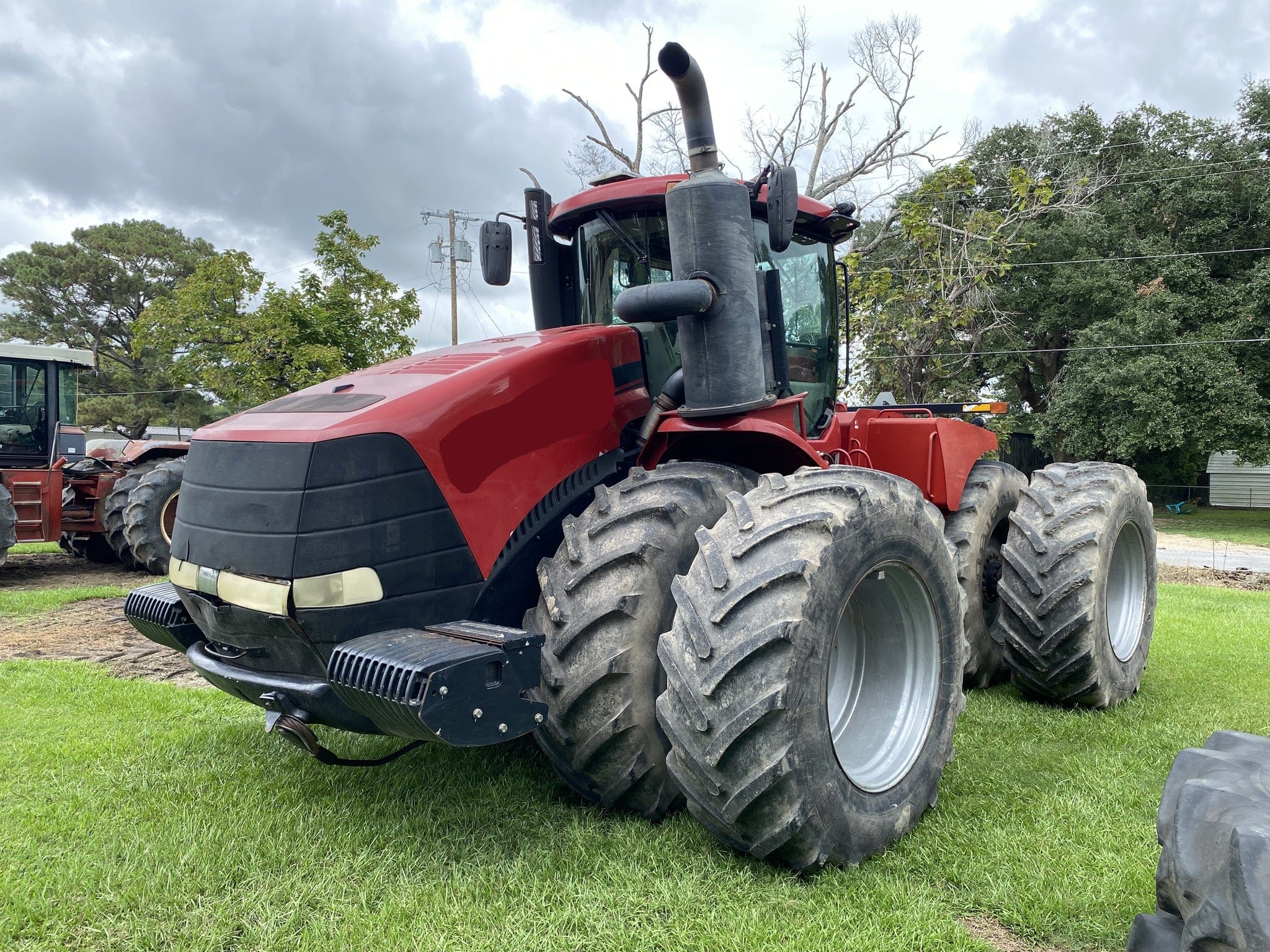

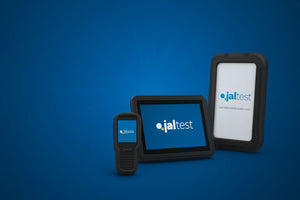
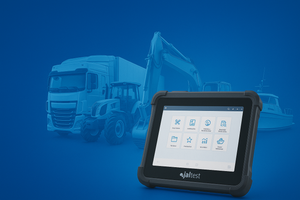








Leave a comment